What Exactly Is Setting Powder? Everything You've Ever Wanted to Know



IPSY Editors


Setting powder is a staple of professional makeup artists, but most of us amateur makeup lovers either (1) don’t own it or (2) don’t know what it actually is. That might be because setting powder is usually translucent and works its setting magic behind the scenes, so it might not seem as exciting as other makeup products. It also goes by many different names depending on the brand, which can lead to some confusion–translucent powder, loose setting powder, pressed powder, face powder...the list goes on.
Whatever you call it, setting powder is one of those under-the-radar but powerful makeup must-haves–like primer–that once you try, you’ll never be able to go without (especially if you have oily skin). Curious to know more? We’ve got you. Keep reading below to learn everything you’ve ever wanted to know about setting powder: what it is, how it’s different from other powders, and how to apply it like a pro.




It's about glam time you treated yourself.
What Does Setting Powder Do?
When you want to keep your foundation and concealer from looking cakey and your highlighter, blush, and bronzer looking fresh, reach for a setting powder. Setting powder contains ingredients like talc and silica, which tamp down excess oil and keep your makeup look intact. As long as you use this face powder in the areas you need it most (like your T-zone), you’ll be good to go–no touch-ups needed.
And while setting powder is different from finishing powder, many modern setting powders now feature other skin-perfecting properties once reserved for finishing powder. For example, the LAURA MERCIER Invisible Loose Setting Powder not only sets your makeup, but blurs fine lines and gives your makeup a more full-coverage, flawless look.
When should you apply setting powder? Most makeup artists will apply setting powder after foundation and concealer, but before applying any other powder face makeup, like powder blush, bronzer, and highlighter. They'll then apply another dusting at the end of the look to set and seal the finished makeup, or to give it a totally matte finish.
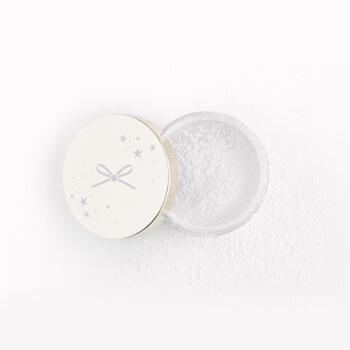
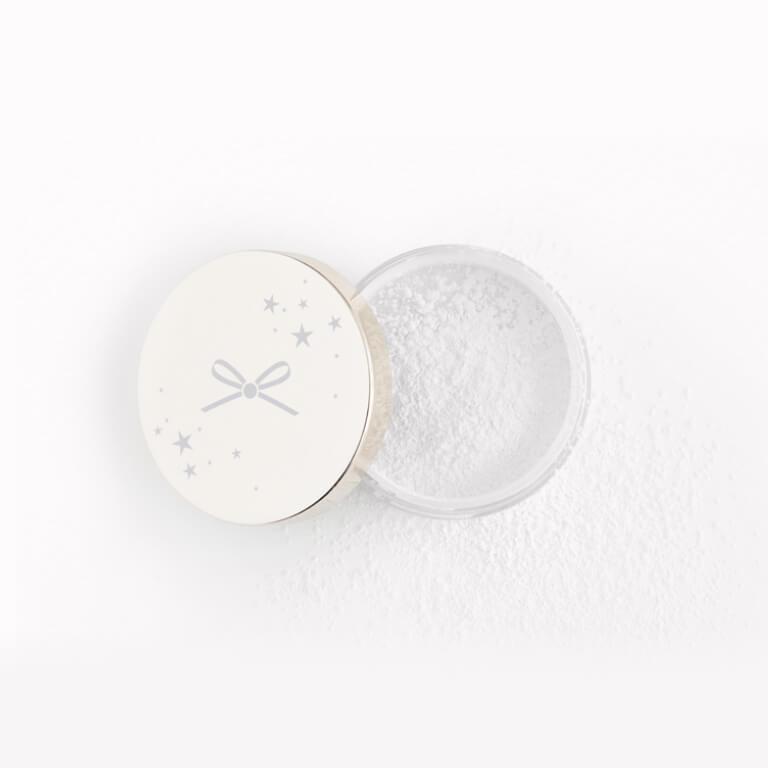
What’s the Difference Between Setting Powder & Finishing Powder?
If you’re wondering what the difference between setting powder and finishing powder is, you’re not alone. With all of the different loose powders, pressed powders, and face powders out there, it’s easy to get bogged down in the jargon. At its core, though, the difference between finishing powder and setting powder is that one product is designed to make your makeup last all day (setting powder), while the other is designed to diffuse imperfections and give your face a dewy or matte finish (finishing powder).
But, much like the difference between highlighter and illuminator, the two products are now often labeled interchangeably. Want to know more? We go in-depth on the difference between setting powder and finishing powder here.
Which Setting Powder is Best for Me?
As we’ve mentioned, there are so many different kinds of setting powders out there. How do you choose the best setting powder for you and your skin type?
The first choice to make is whether you want translucent or tinted. Translucent setting powders are non-pigmented face powders that works on any skin tone, so you don't have to worry about color matching. We've listed ten of our favorite translucent powders here.
Tinted setting powders, on the other hand, are kind of similar to powder foundation in that they're pigmented, so you'll want to choose one that matches your skin tone. Once you’ve decided if you want translucent or tinted setting powder, you can then seek out powders that have special capabilities, too,. For example, look for brightening face powders to illuminate certain areas of your face or mattifying powder for extra shine control.
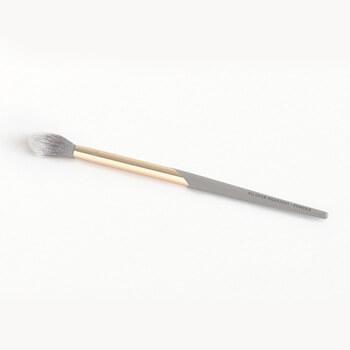
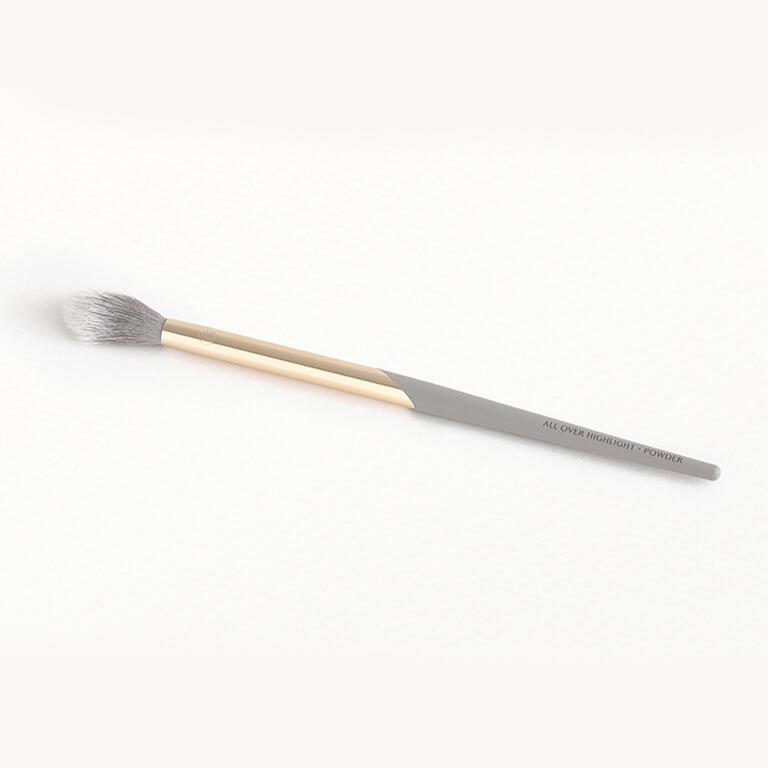
Step 1: Choose your product.
On the hunt for the perfect matte lipstick? We’ve our favorite lipsticks on lock, whether you like the classic crayon applicator or liquid lipsticks. Best of all, all of these products play well with translucent powder, extending your color and keeping those smudges at bay.
When applying setting powder to your lips, you’ll want to reach for a brush that can handle silky powder and creamy lipsticks without clumping or leaving uneven streaks. COMPLEX CULTURE’s All Over Highlight • Powder Brush is a multitasker’s dream because it can play dual roles as a highlighter and setting powder brush.
Step 2: Swirl & tap.
After you’ve applied your matte lipstick, tap your brush into your translucent setting powder and then press the bristles against the back of your hand. You’re aiming for a light dusting, rather than a dollop of powder. If you’ve loaded your brush up with too much powder, tap away any excess back into the product pot and test again.
Step 3: Apply the powder.
Gently tap the powder onto your lips, tackling one lip at a time. Move quickly and lightly, and try to avoid pressing the brush too firmly into your lipstick. Give the powder a few minutes to set and then celebrate your maximum color-staying power with a sip from your favorite morning beverage.
How to Use Setting Powder to Boost Your Lashes
Pull a classic makeup artist secret out of your pocket and add some oomph to your lashes by applying translucent powder in between coats of mascara. Whether you’re aiming for longer or fuller lashes, skim our favorite mascara tips and product recs so you can wield your wand like a pro.


How to Apply Setting Powder
Once you’ve picked out your perfect setting powder, it’s time to put it on. Feel free to use the powder puff or compact pad that comes with most setting powders, but we prefer to use a bigger powder brush like this F.A.R.A.H. BRUSHES Large Powder Brush 50F “Rose Gold Collection” for easy, all-over dusting.
P.S. This isn't the only way you can use setting powder–check out four of our favorite ways to apply setting powder here.
Step 1: Tip & Swirl
If you’re using a loose setting powder, tip the jar upside down with the lid still on to distribute a small amount of product into the lid. Open it up and swirl your brush into the powder. If you’re using a pressed powder, simply dab or swirl your applicator into the product.
Step 2: Tap Off the Excess
Whether you’re using loose or pressed face powder, tapping off excess powder is crucial. Just tap the brush handle over the compact or jar so that the excess product goes right back where it came from–after all, waste not, want not.
Step 3: Apply Center-Out
As with any powder makeup application, you’ll want to swirl the product onto your face from the center-outward. When it comes to setting powder, a little goes a long way. Focus on the areas that tend to get oily, like your T-zone, using gentle circular motions.
Want in on all the Glam Bag fun? Take the beauty quiz now to get started. And don’t forget to check us out on Instagram and Twitter @IPSY.
Liked this post? Share!
Related Stories

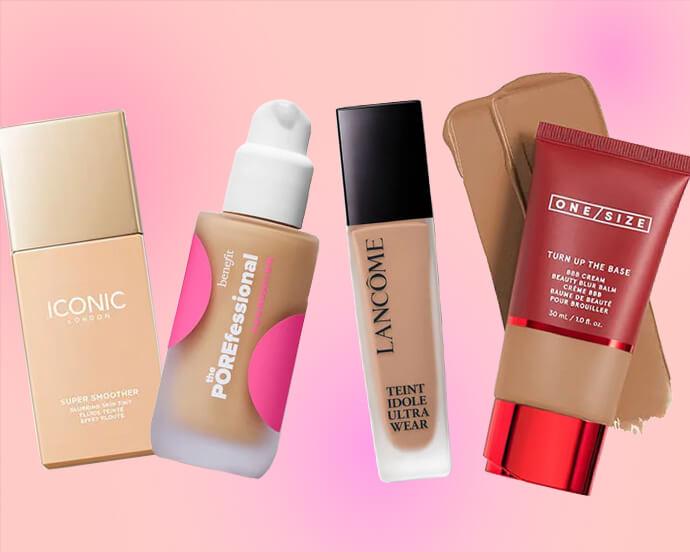
Makeup
Want an IRL Filter? These Are the Best Blurring Foundations
Published on Dec 12, 2025 • 5 min read
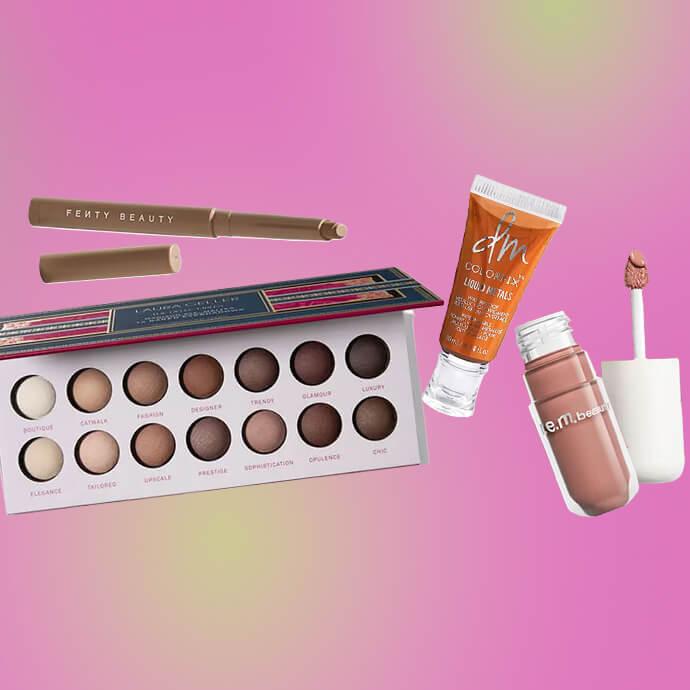
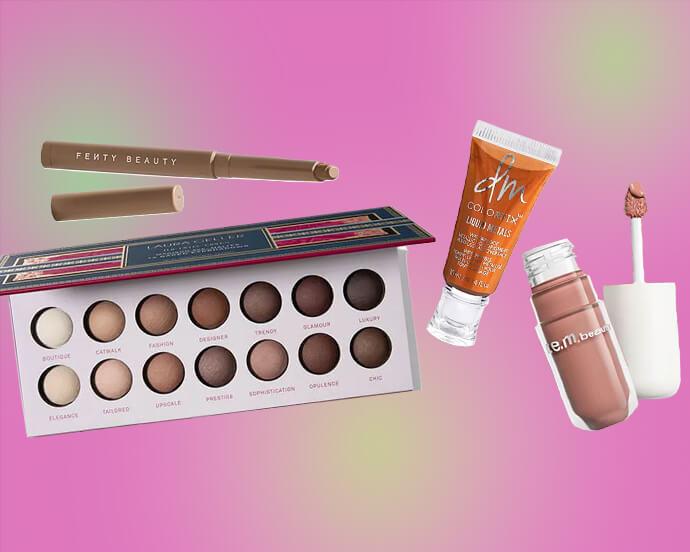
Makeup
How to Expertly Apply Eyeshadow on Mature Skin
Published on Dec 10, 2025 • 6 min read


Makeup
How to Use Bronzer and Contour to Sculpt Your Face Like a Pro
Published on Dec 5, 2025 • 9 min read


Makeup
Makeup for Older Women That Works With Your Skin, Not Against It
Published on Dec 1, 2025 • 12 min read


Makeup
2026’s Biggest Makeup Trends Are a Maximalist Dream
Published on Dec 1, 2025 • 8 min read


Makeup
2025’s Biggest Makeup Trends: Go Big or Go Home
Published on Dec 13, 2024 • 7 min read


Makeup
16 New Year’s Eve Makeup Ideas to Fashionably Ring in 2026
Published on Nov 25, 2025 • 10 min read


Makeup
Your 2026 Beauty Horoscope Is Here—and the Stars Are Serving Looks
Published on Nov 25, 2025 • 9 min read


Beauty Picked Just for You
Get 5 products worth up to $70
Plus exclusive access to epic deals up to 80% off
Starting at just $14/month. Cancel anytime.